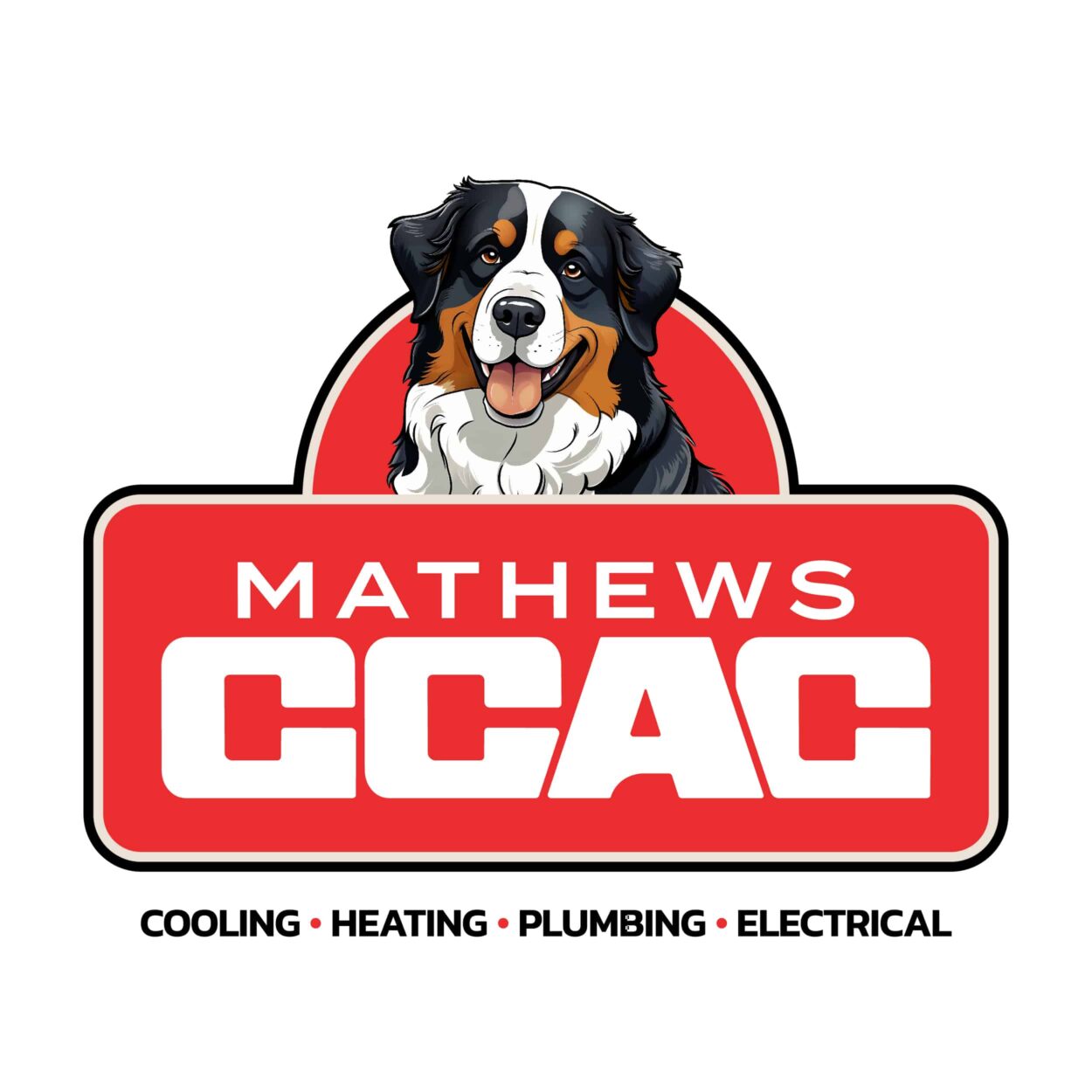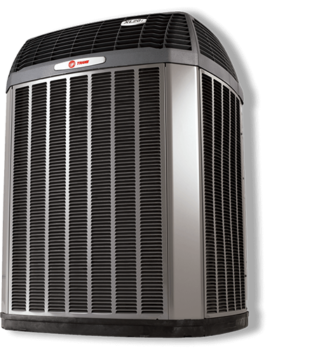The efficiency of your HVAC duct system begins with proper duct design. Efficiency also suffers when design principles are neglected. There’s no better place to start in a strategy for effective, energy-efficient home comfort than with a well-designed duct system. In the past, ductwork was often downplayed in favor of other considerations such as reducing construction costs. Today, the connection between efficient ducts and lower utility costs and better HVAC performance has been established by scientific research. With correct design consideration, a duct system should provide at least 80 percent efficiency. Here are some design guidelines to discuss with your HVAC contractor so you’re not settling for anything less.
- Route ducts through conditioned zones of the home as much as possible. Temperature loss from ductwork in areas like attics and crawl spaces with acute temperatures can sap heating and cooling and waste energy. Where there’s no alternative, ducts passing through unconditioned zones should be insulated with duct insulation to a level of R-8. And make sure the vapor barrier on the insulation is sealed to prevent moisture from forming.
- Ideally, design a dedicated return duct for each room where there’s a supply duct. This provides the best guarantee of proper neutral air balance. Where this is not feasible and a central return is used, make provisions for an unobstructed air path to the return duct. Install grilles in the doors of interior rooms or jumper ducts in the ceiling to allow return air to pass from room to room.
- Do not utilize sealed wall spaces or the channels between ceiling joists as substitute return ducts. Install standard ductwork to convey all return air back to the air handler.
- Make sure adequate separation exists between supply ducts and ventilation fan intakes to prevent conditioned air from being inducted and exhausted out of the home.
- Install volume dampers in individual room ducts where they branch off the main supply duct. This permits much more accurate manual balancing of air pressure in individual rooms.
Mathews CCAC is Corpus Christi’s local source of interior comfort and efficiency. Ask us for more good advice about the benefits of professional duct system design in your home.
Our goal is to help educate our customers in Corpus Christi, Texas about energy and home comfort issues (specific to HVAC systems). For more information about duct systems and other HVAC topics, download our free Home Comfort Resource guide.
Image courtesy of Shutterstock












